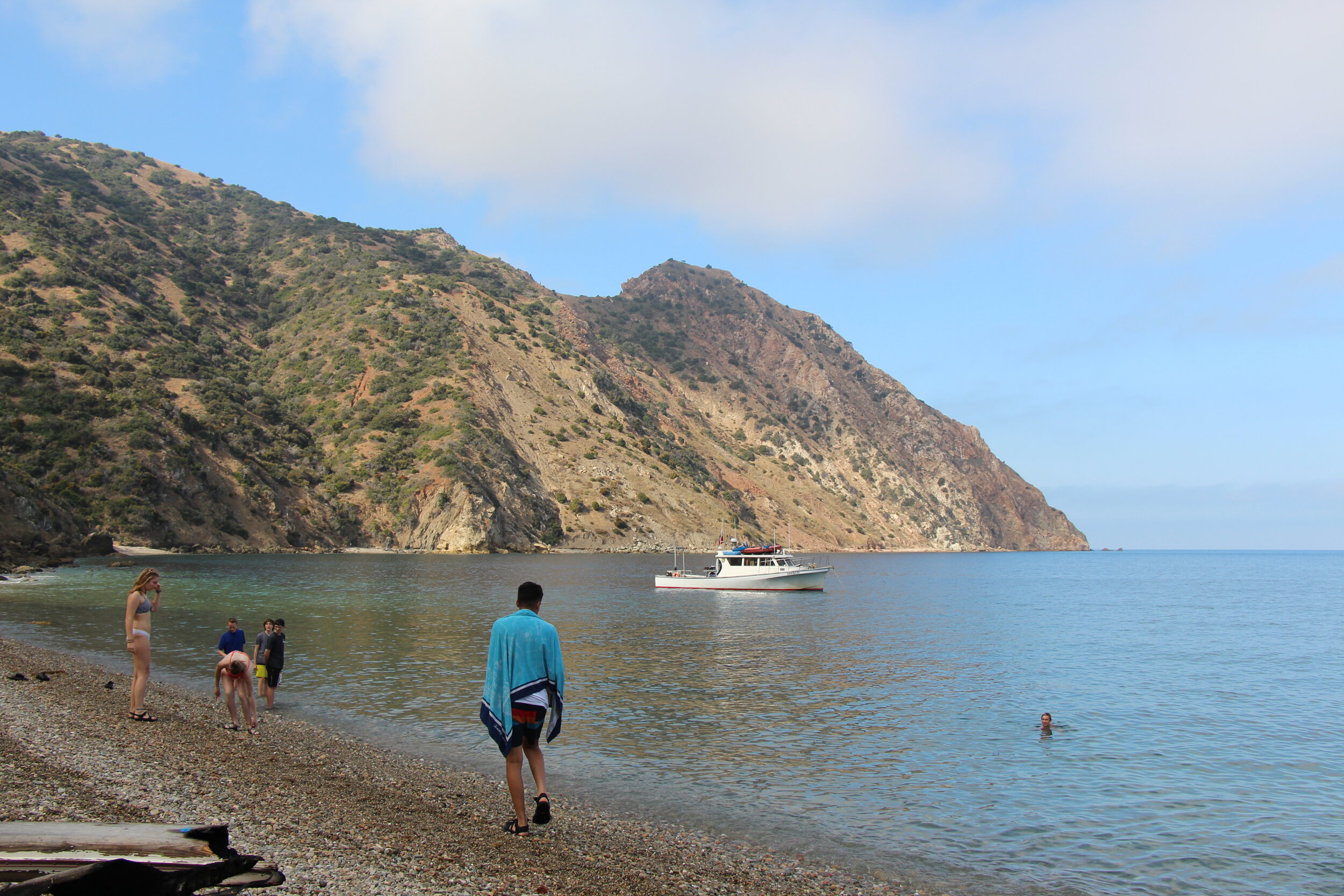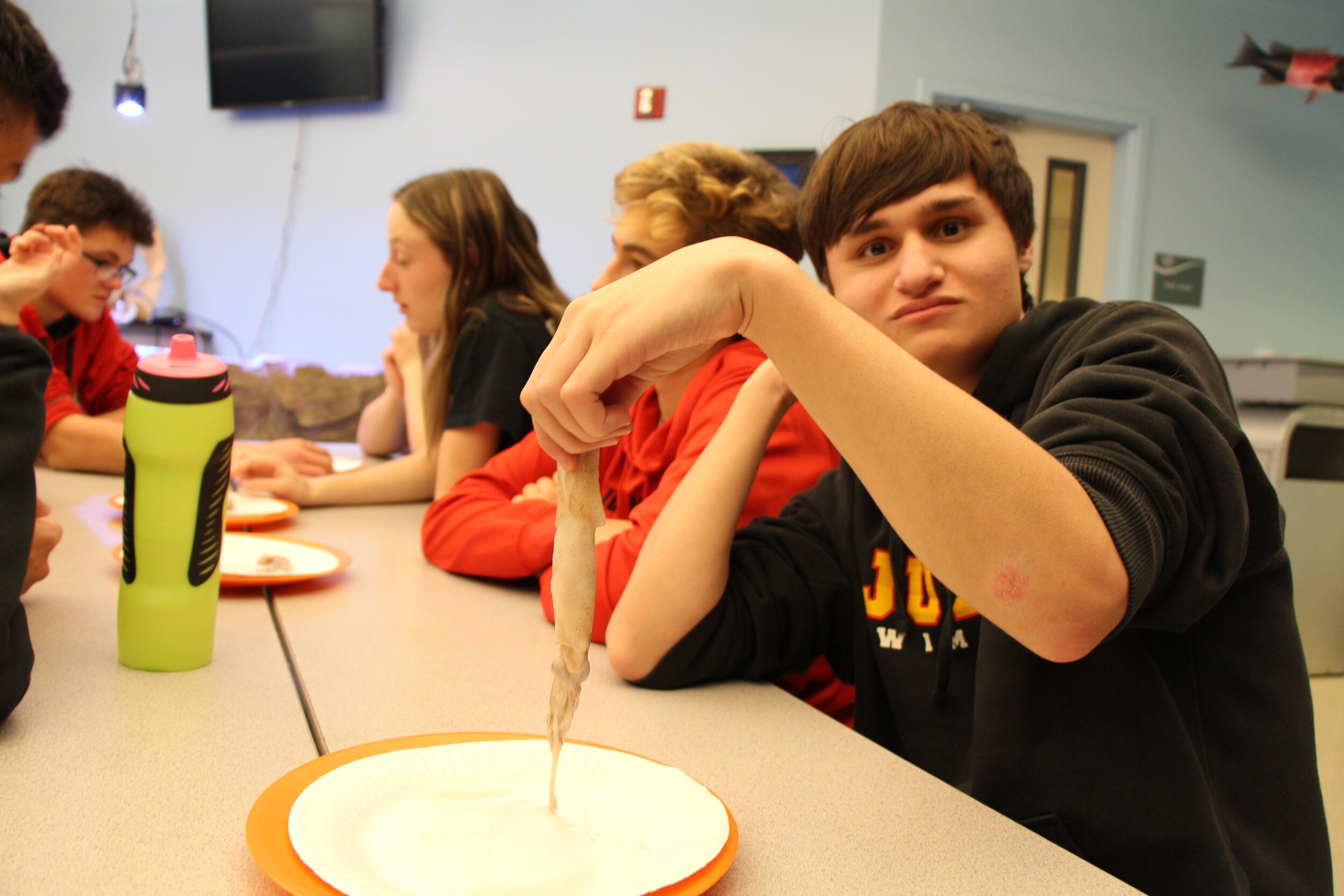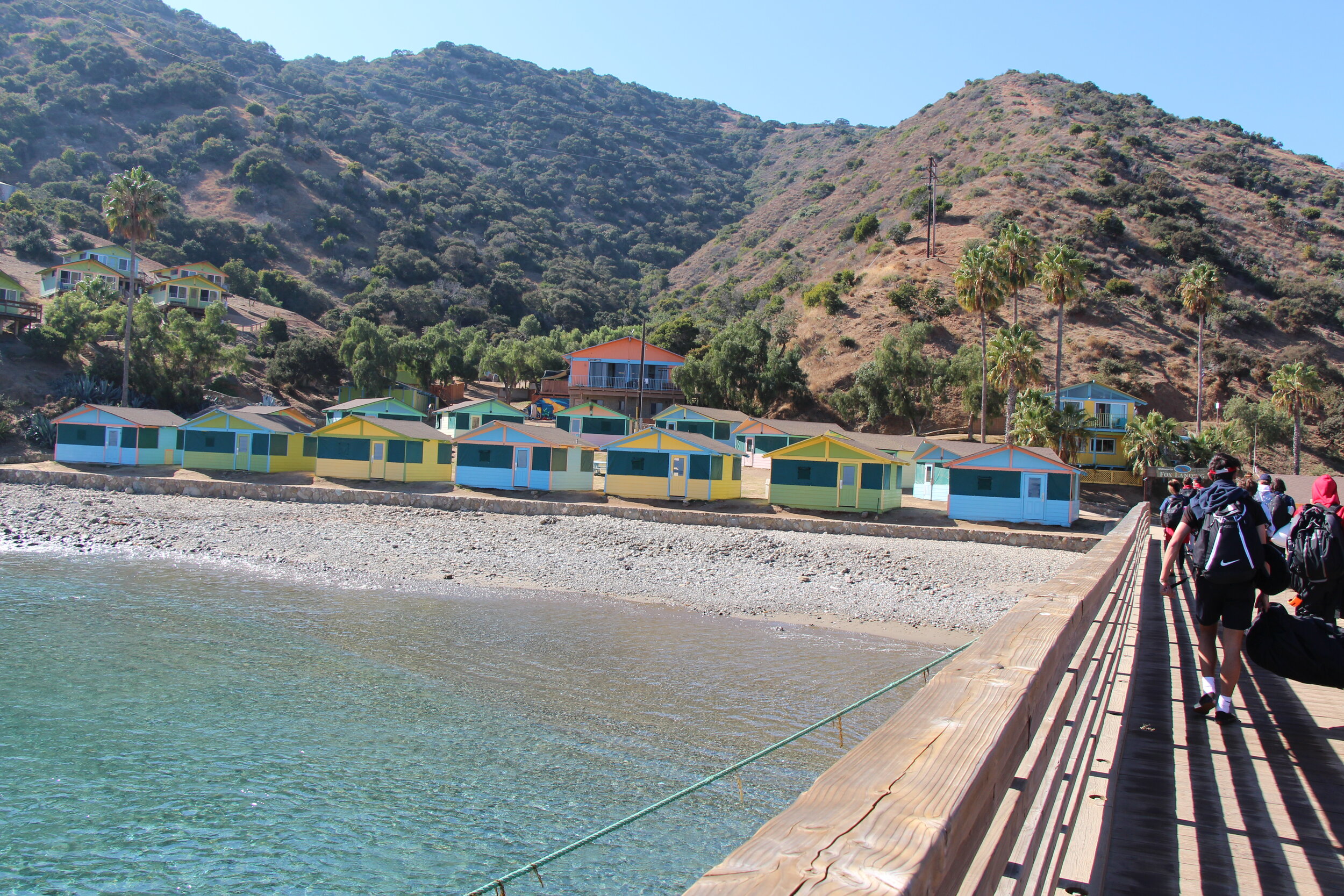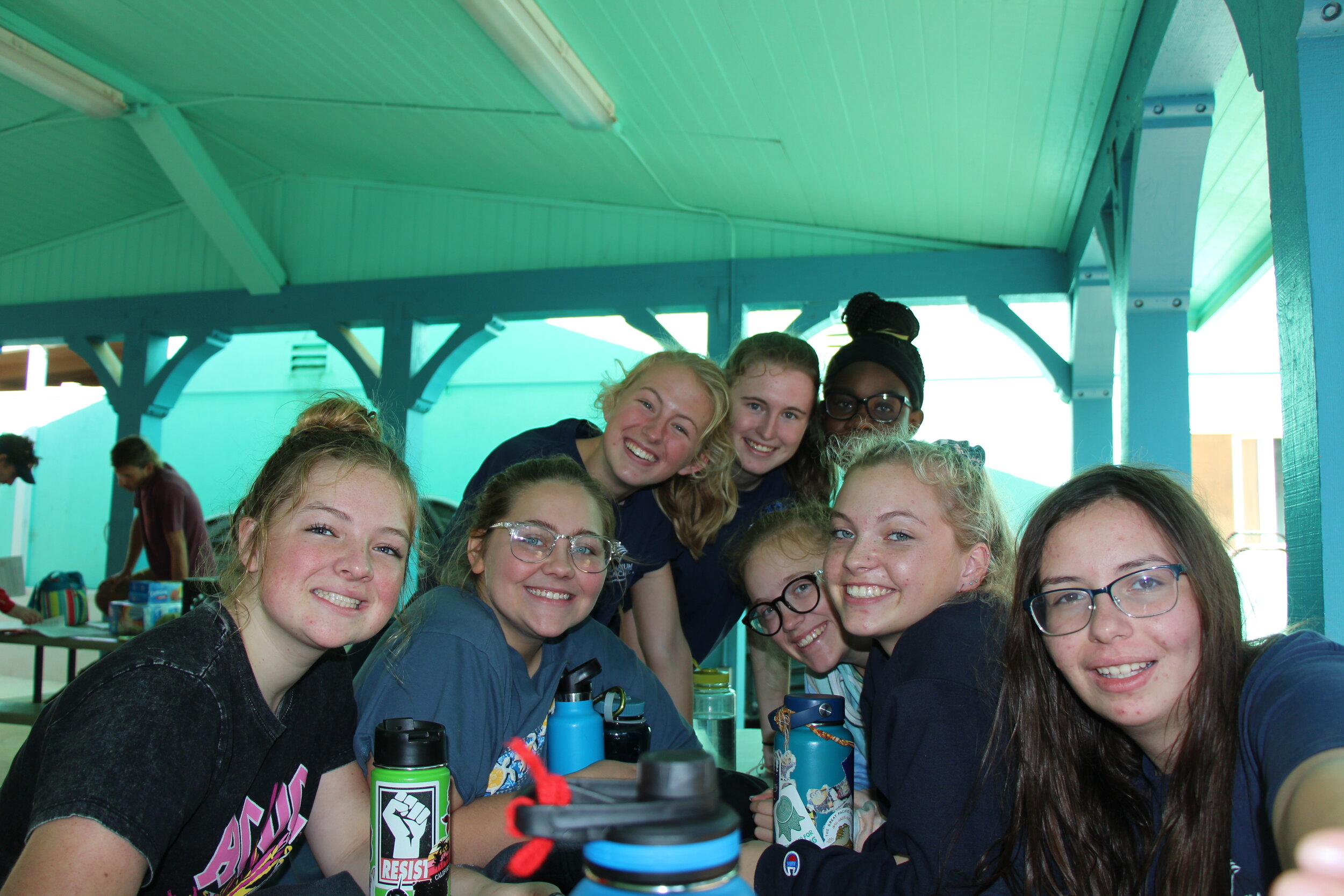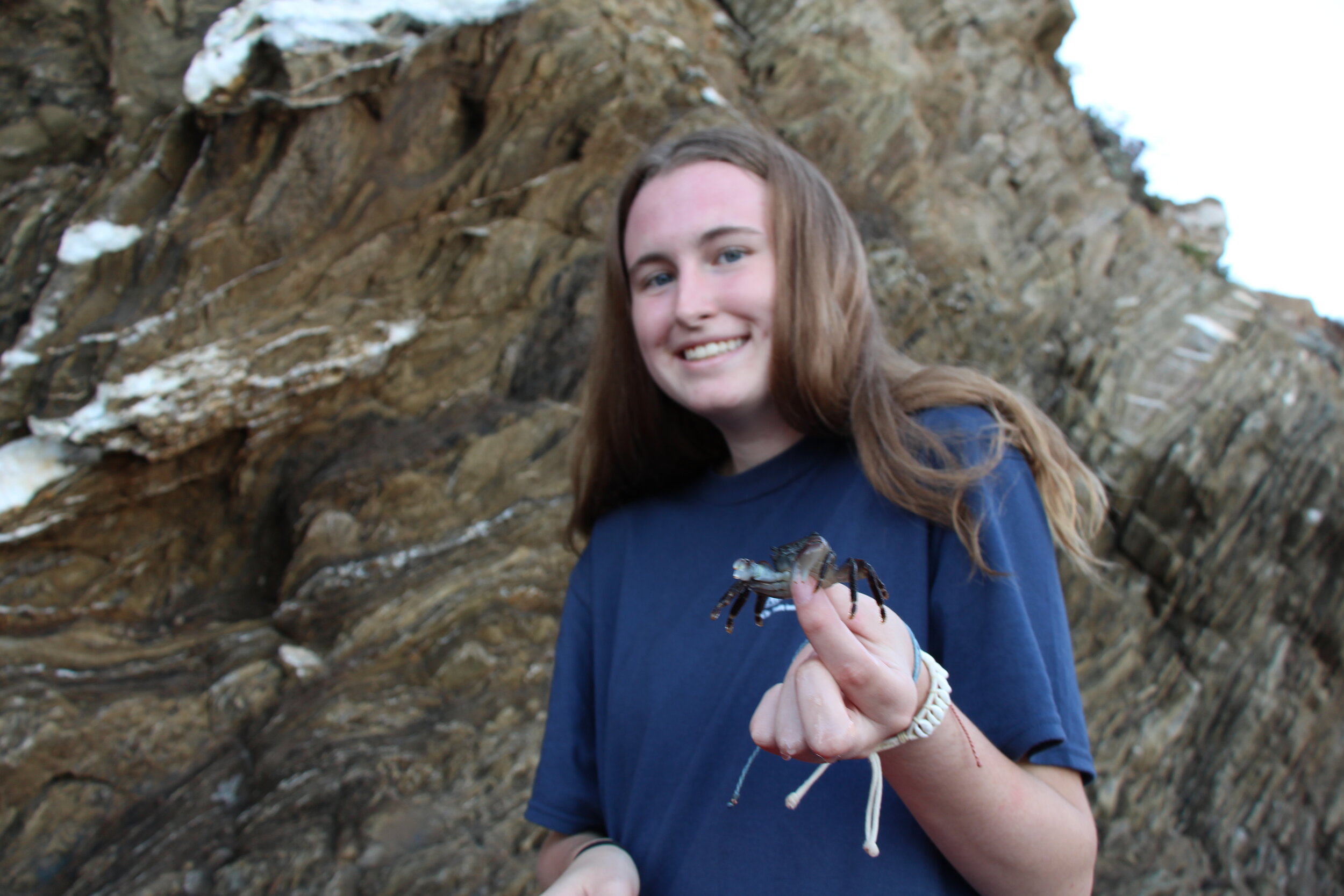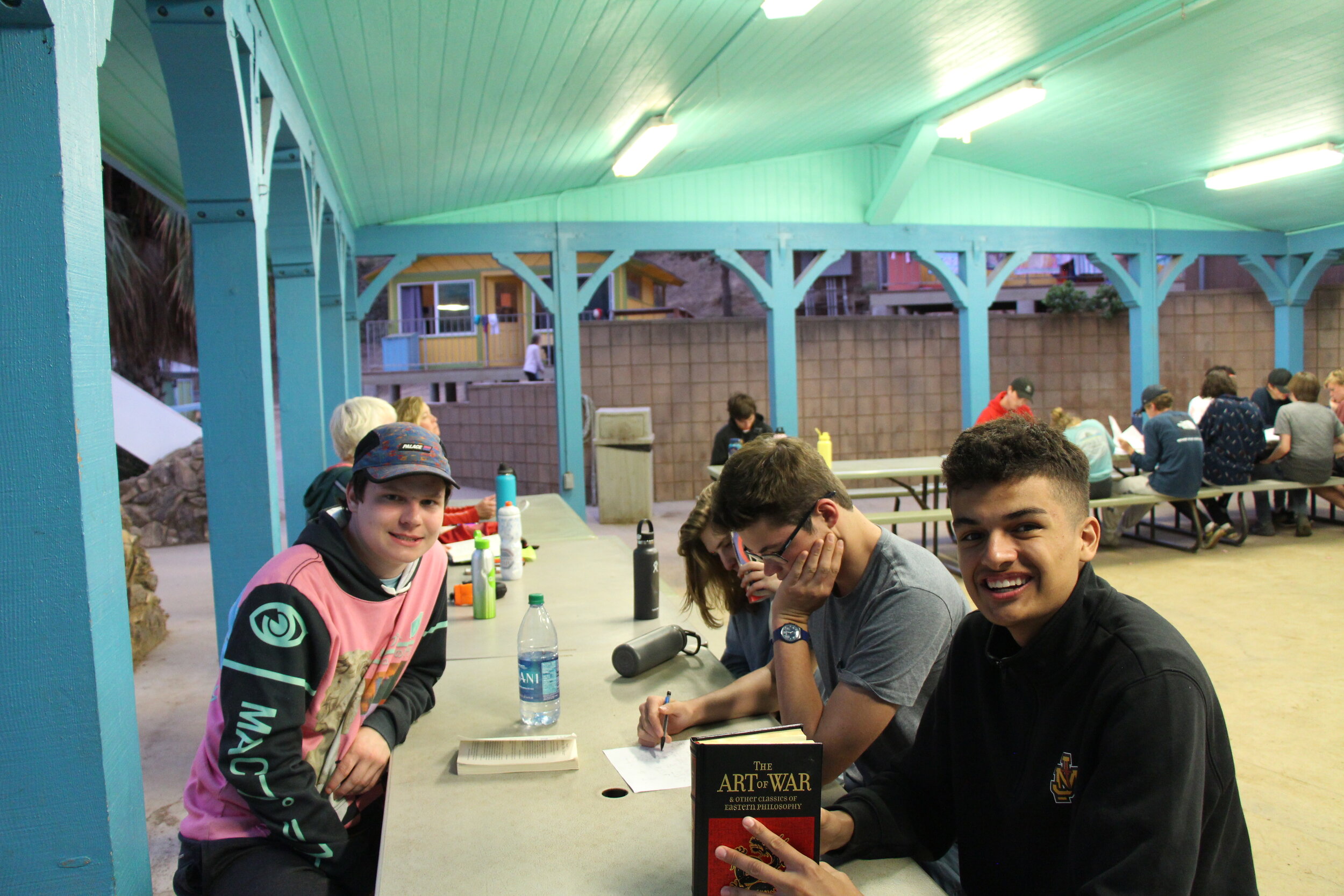Learning comes alive for students at Catalina
by Katie Harston
I recently went on a school trip for the oceanography class to Catalina Island is about 26 miles southwest of Long Beach, California. I learned a lot about oceanography, but what I also realized was that experiences like these – where students are able to go out and ask questions on the spot while having an amazing experience – should be done more often in schools, even locally in the Wasatch Range..
While we were on this trip we got to be involved in things we would not of been able to see if we were in a classroom at school. On this trip we learned firsthand about ocean temperature change, sea level rise, bioluminescence, and all the different types of sea animals that live in the ocean, like sea anemones and sea cucumbers.
“We get to actually see the science we learned in class so I’ll remember it more than just studying at school,” senior Sophie Ewing said. “At Judge and locally we’re right by the mountains, so I think we could do more with local creeks and rivers. We could also learn more about climate by studying snowpack. And subjects like math and physics could do more learning outside.”
Students like Olivia Vandersteen, Asher Johnson, Maddie Bosarte, and Pauline Simonson all said that they learn more doing hands-on activities versus just seeing things on a PowerPoint or through packets. Other students talked about how seeing sharks, dolphins, and seals up close brought Dr. Dasch’s lessons from Oceanography class to life.
While we were in Catalina island we did many experiments and learned about what ocean temperature change is. It is caused by greenhouse gases which trap heat from the sun which leads to the oceans absorbing more heat. This can cause an increase in sea surface temperature and rising sea level, which effects weather patterns even in Utah.
Sea level rise can be dangerous because it can cause flooding to certain communities. According to National Geographic the sea level has gone up over eight inches since 1880. And around three of those inches have been from the last 25 years. Every year the sea is rising another .13 inches. On this trip we got to learn hands-on and learned up close what sea level rise can mean not only for communities like Catalina Island.
We went night snorkeling and learned about bioluminescence, which is a natural biological reaction that causes zooplankton to glow when they get scared or agitated. The zooplankton are a different kind of animal because they just float around. They can’t swim, but they have little particles and hairs that help them move a little bit and they light up too. We had heard about those things in the classroom, but seeing bioluminescence in front of our eyes helped us learn it.
A takeaway from this trip is if school was more hands-on, if we went outside and experienced what we are learning more often, then students would learn more and enjoy school more. We need to figure out more ways to bring experiences like this to school.


